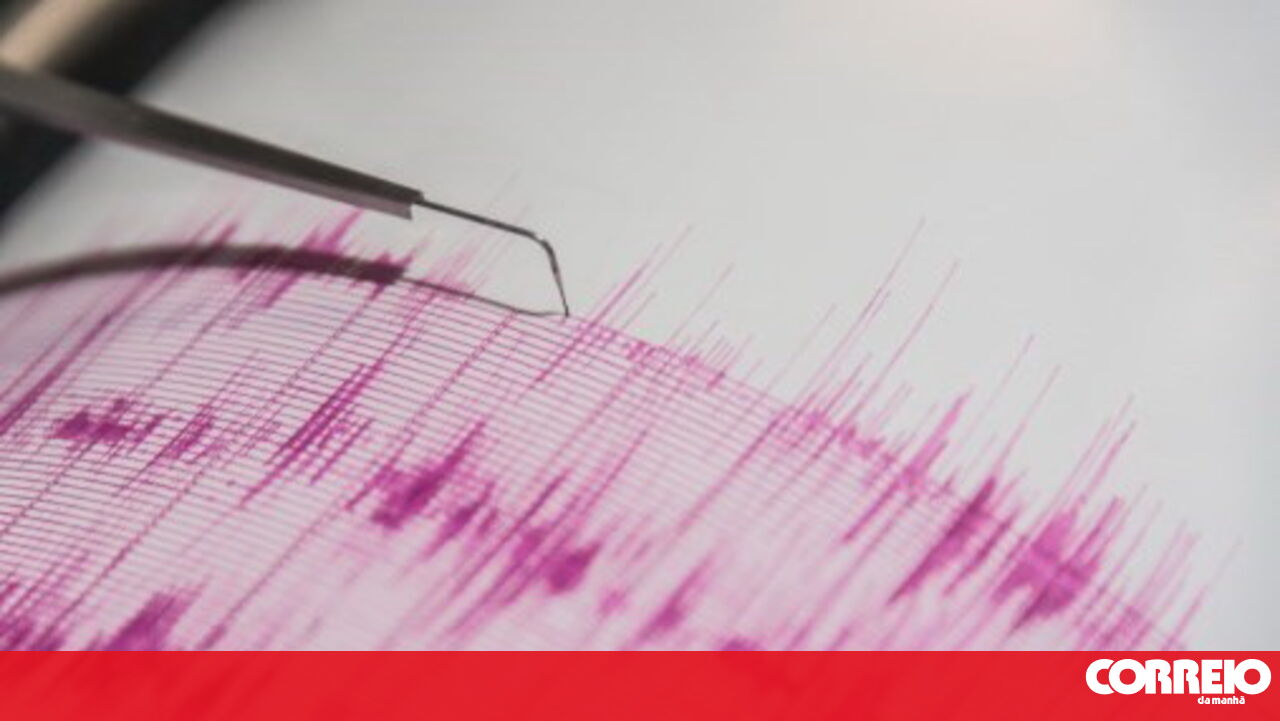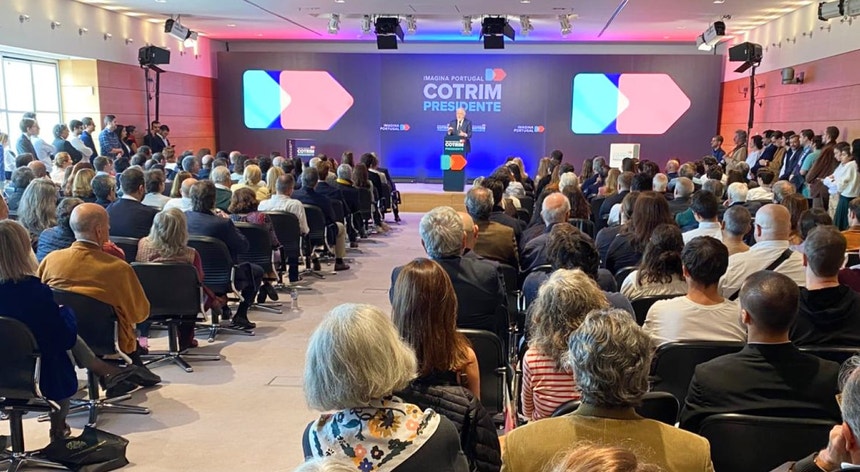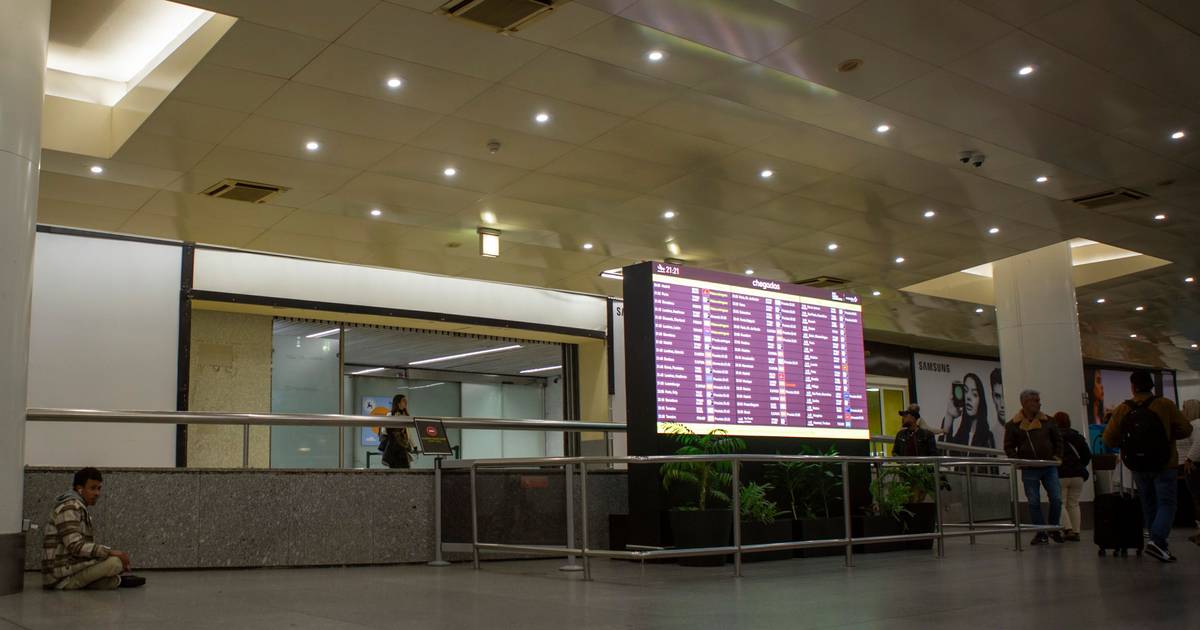A Fissure Forming for Millions of Years
A significant geological discovery has been made approximately 200 kilometers off the coast of Cabo de São Vicente (Sagres), where a fissure in the tectonic plate has been forming for at least five million years. This finding, recently uncovered, may provide crucial insights into the origins of major earthquakes that have historically affected Lisbon and other regions of Portugal.
The Geological Context
The Planície Abissal da Ferradura, a geological formation in the Atlantic Ocean near the Gorringe Bank seamount at the boundary between the Eurasian and African tectonic plates, is identified as the source of the near-magnitude 8 earthquake that shook Lisbon and other parts of the country in 1969. This area, characterized by its flat terrain and lack of known major seismic faults, has long puzzled scientists regarding its ability to generate such powerful tremors.
Solving the Scientific Enigma
A study published in the journal 'Nature Geosciences' by researchers from the Faculty of Sciences at the University of Lisbon offers a new explanation. João Duarte, a geologist and co-author of the study, highlighted that no obvious fault had been found in this region to account for earthquakes of such magnitude, including the estimated magnitude 9 event in 1755. The research suggests that a portion of the tectonic plate is undergoing a process called 'delamination', where the plate is separating horizontally, akin to being sliced by a blade.
How Delamination Works
This delamination process involves a horizontal fracture in the plate, creating a fissure that allows the lower part to sink into the Earth's mantle, reaching depths of up to 200 kilometers—twice the normal depth. The upper part remains unchanged, making it impossible to detect any geological alterations through seafloor observation alone. The discovery was made using advanced techniques such as seismic tomography and sound recordings from small earthquakes, effectively performing an "ecography of the Earth".
Data Collection and Modeling
Over an eight-month period, seismometers placed on the seafloor recorded clusters of small earthquakes at depths of 30 to 40 kilometers, indicating abnormal seismic activity. Computational models were developed to simulate the delamination process, confirming that the friction and energy release from the moving plates can generate earthquakes, even without a traditional seismic fault. The space created by the horizontal cut is not left empty but is filled by other rock, as the African plate slowly converges with the Eurasian plate.
Implications for Seismic Risk and Future Research
This study is expected to influence future assessments of seismic hazard and risk in Portugal, an area already considered high-risk due to the convergence of tectonic plates. Additionally, the installation of new submarine communication cables equipped with seismic sensors in the region presents an opportunity for better monitoring and data collection. While earthquake predictability remains a challenge, João Duarte believes that artificial intelligence could aid in analyzing smaller, daily earthquakes to infer patterns for larger events, offering hope for improved understanding and preparedness.



















Comments
Join Our Community
Sign up to share your thoughts, engage with others, and become part of our growing community.
No comments yet
Be the first to share your thoughts and start the conversation!